Description
hardware flow control. It is an ideal choice in the field of industrial automation.
Implementation of communication between ABC industrial robot and PLC based on DeviceNet fieldbus technology
introduction
In modern production systems, industrial robots and PLCs need to communicate and collaborate to complete production tasks. That is, the
industrial robots output signals to the PLC, allowing the PLC to control related equipment to drive the robot”s front-end tools. This article
mainly analyzes the communication problems between ABB industrial robots and PLC based on DeviceNet fieldbus technology.
DeviceNet is a common network communication method in the field of automation. ABB industrial robots establish a network to communicate with
Siemens PLC based on the DeviceNet network.
1Configure DSQC652
There are mainly 5 types of standard I/0 boards commonly used in ABB industrial robots [2]. Except for the different addresses assigned to
them during setup, their configuration methods are basically the same. This article mainly analyzes the ABB standard I/0 board DS0C652, which
mainly builds communication modules based on the DeviceNet network. The DS0C652 board has a distributed I/O module with 16 digital input and 16
digital output interfaces. The board is installed in the ABB industrial robot control cabinet. First, define the specific operation steps of the DS0C652 board,
enter the teach pendant control panel, then enter the configuration menu (Figure 1), select the DeviceNetDevice menu, and add a template to enter Figure 2.
ABB standard I/0 board is hung on the DeviceNet
network, so the address of the module in the network must be set. The jumpers 6 to 12 of terminal x5 are used to determine the address of the module.
The available address range is 10 to 63. Modify the parameters in the template parameters to complete the DS0C652 board settings. Click the drop-down
menu to select the “Use value from template” row, select
“DS0C65224VDCI/0Device”, and then the parameters that need to be set include the address of the I/0 board in the bus.
Figure 1 Configuring DSQC652
2Configure signals and parameters
After completing the DS0C652 board setting, the I/0 signal setting will be performed. Setting the I/0 signal is the basis for establishing communication with
the PLC. The PLC communicates and transmits data with the ABB industrial robot through the I/0 signal and the DS0C652 board. As shown in Figure 3, in the
signal configuration interface, there are many default I/0 points after the system is established. Modification is not allowed. Click “Add” to add signals. When setting
input and output signals, their address range is 0~15. First, enter the signal menu in the configuration options to set the input and output types, and modify the corresponding parameters.
After completing the settings, the computer prompts that you need to restart the settings. If there are multiple signals that need to be defined and the waiting time
is long after restarting multiple times, you can click “Cancel” and wait for all signals to be defined before clicking the “Yes” button to restart. After the signal settings are
completed, click to select “Input and Output” in the ABB menu to check whether all signals have been set.
Figure 2 Configure DSQC652 parameters
Figure 3 Signal parameter settings
During the signal establishment process, attention should be paid to the DSoC652 port and PLC port addresses used, and the corresponding address table should be
established, as shown in Table 1. The robot interacts with the PLC through I/O signals. During the setting process, there must be no errors in the port and address number
of the PLC connected to the DSoC652. If the address is set incorrectly, the communication between the robot and the PLC will not work properly.
The entire robot teaching pendant setting process is shown in Figure 4.
https://www.xmamazon.com
https://www.xmamazon.com
https://www.plcdcs.com/
www.module-plc.com/
https://www.ymgk.com
TU839 3BSE046966R1 ABB compact module
TU837V1 3BSE013238R1 ABB compact module
TU836V1 3BSE013237R1 ABB compact module
TU831V1 3BSE013235R1 ABB compact module
TU830V1 3BSE013234R1 ABB compact module
TU814V1 3BSE013233R1 ABB compact module
TU812V1 3BSE013232R1 ABB 8 channel 250 V compact module
TU811V1 3BSE013231R1 ABB 8 channel 250 V compact module
COM0003 2RAA005844A0006A ABB Controller module
TU813 3BSE036714R1 ABB 8 channel 250 V compact module
TBF120/7R PARKER AMPLIFIER 120V/7A TORQUE RESOL DRIVE SERVO
T5S630-PR221DS-LSI-R630F-F-3P ABB BREAKER
SM23165DT-DE MOOG Animatics SmartMotor
RFO810 ABB HN800/CW800 Fiber Optic Repeater Module
PR9268/017-100 EPRO Tile vibration measurement sensor
NPCT-01C ABB PULSE COUNT/TIMER
81001-355-63-R Allen-Bradley Silicon controlled inverter module
IC695CRU320-EJ GE RX3i PACSytems product line
10350-00104 ADEPT TECH PLC MODULE
330180-50-00 Bently Nevada 3300 XL Proximitor Sensor
04240FD11234A GE PACSYSTEMS
2711-K10C20 Allen-Bradley PanelView 1000 Standard Operator Terminal
1769-IT6 Allen-Bradley Programmable Controller module
140DD035300 Schneider output module
RED615 ABB line differential protection and measurement and control device
TU542 ABB I/O Terminal Unit
TU531 ABB I/O Terminal Unit
TU516-H ABB I/O Terminal Unit
TU516 ABB I/O Terminal Unit
TU515 ABB I/O Terminal Unit
CD522 ABB Encoder and PWM module
DA501 ABB Digital Analog I/O Module
AX522 ABB Analog I/O Module
AX521 ABB Analog I/O Module
AO523 ABB Analog Input Module
AI531 ABB Analog Input Module
AI523 ABB Analog Input Module
DX531 ABB Digital I/O Module
DX522 ABB Digital I/O Module
DC522 ABB Digital I/O Module
DC523 ABB Digital I/O Module
DC532 ABB Digital Input Module
DO526 ABB Digital Input Module
DO524 ABB Digital Input Module
DI524 ABB Digital Input Module
DC541-CM ABB S500 I/O module
CM589-PNIO-4 ABB Communication Module
CM589-PNIO ABB Communication Module
CM579-PNIO ABB Communication Module
CM588-CN ABB Communication Module
CM598-CN ABB Communication Module
CM597-ETH ABB Communication Module
CM574-RCOM ABB Communication Module
CM574-RS ABB Communication Module
CM582-DP ABB Communication Module
CM592-DP ABB Communication Module
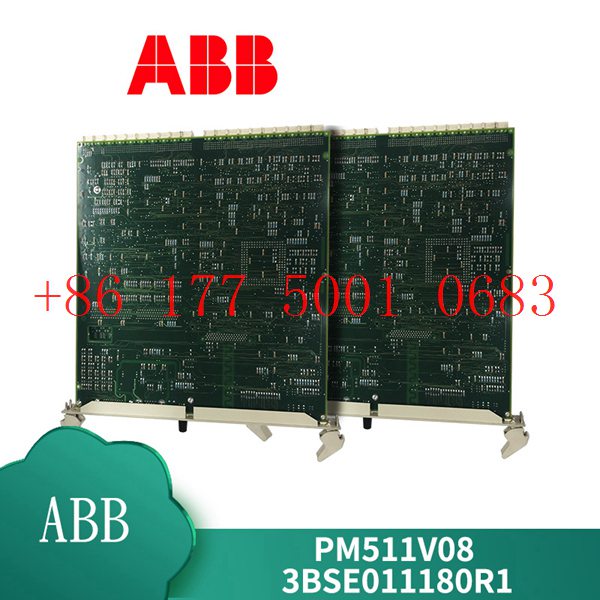
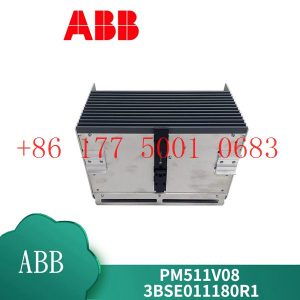
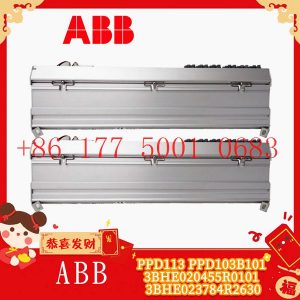
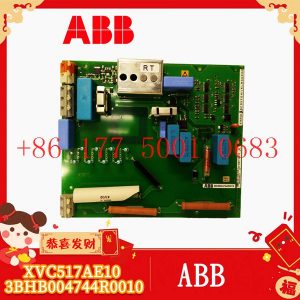
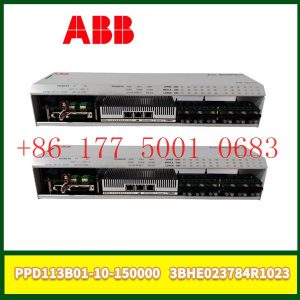


Reviews
There are no reviews yet.